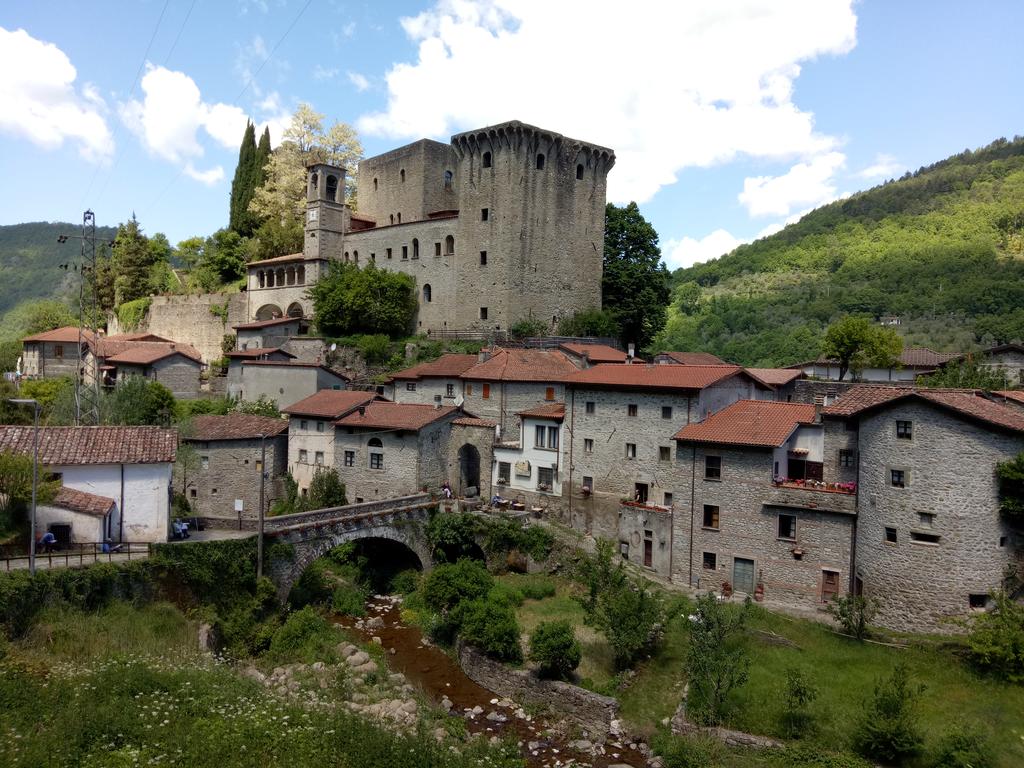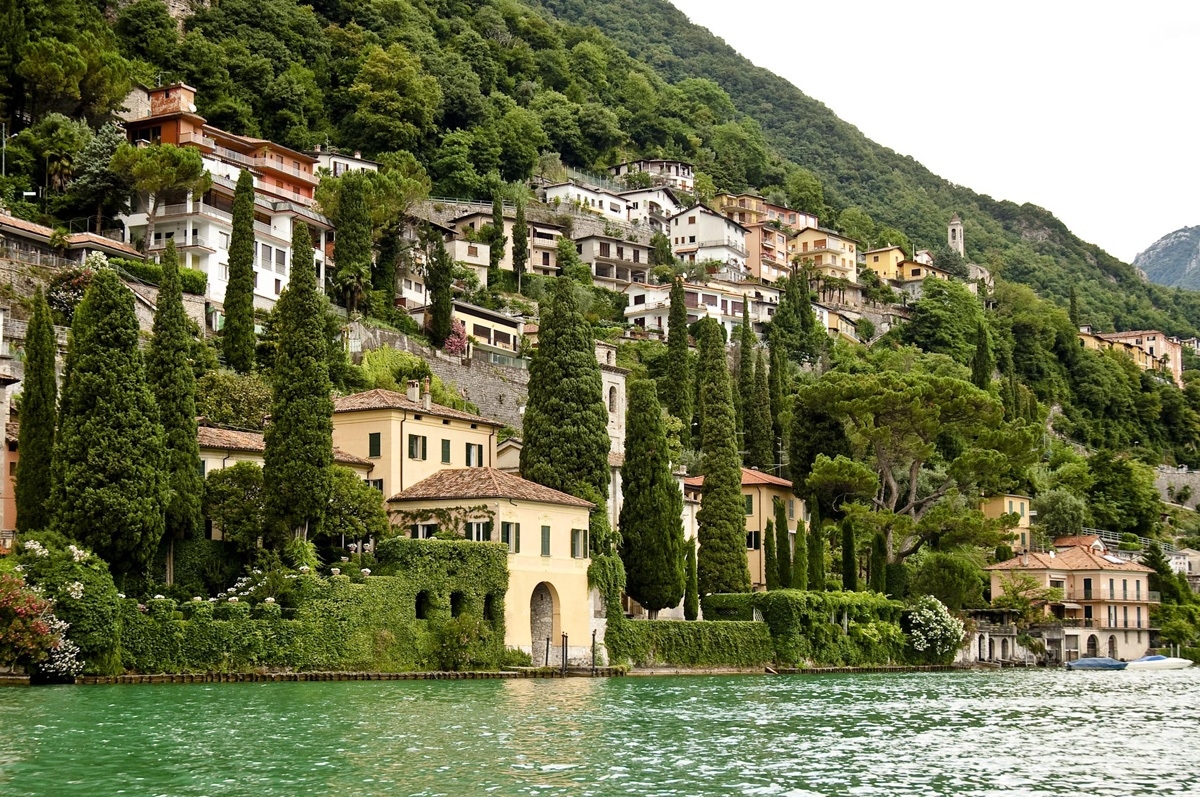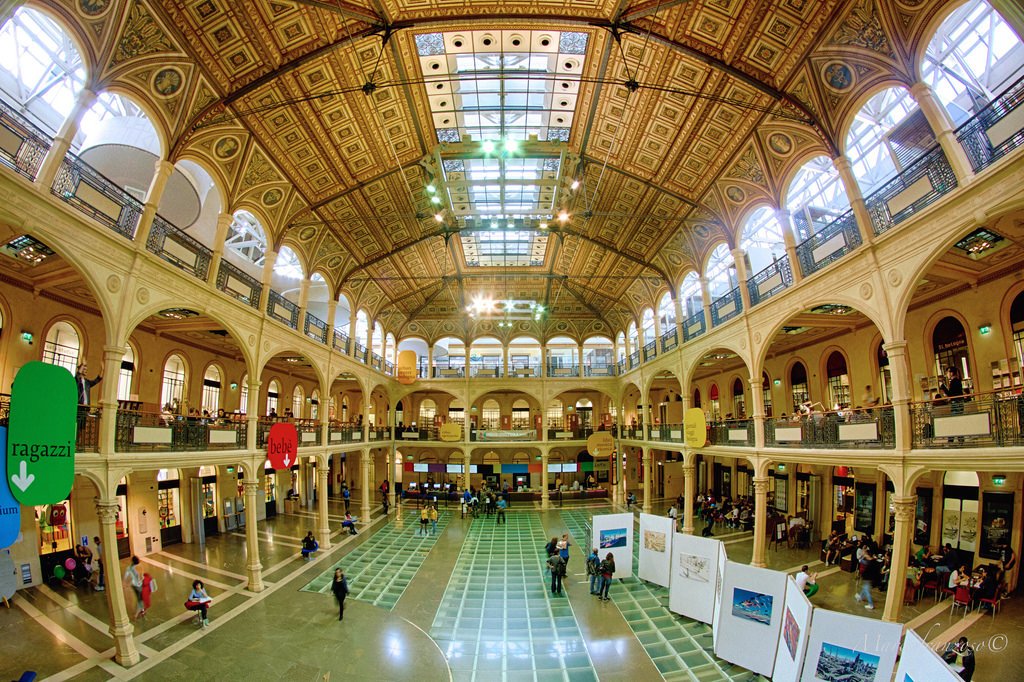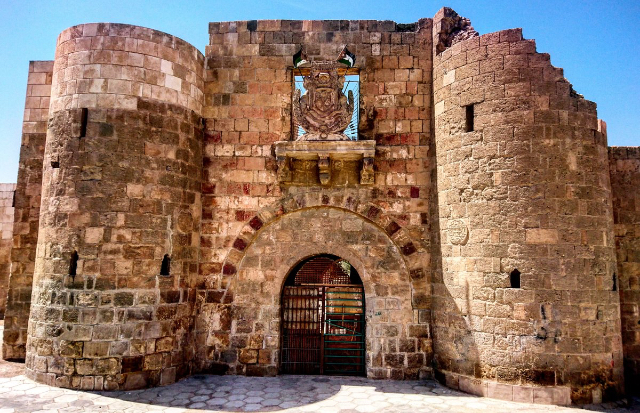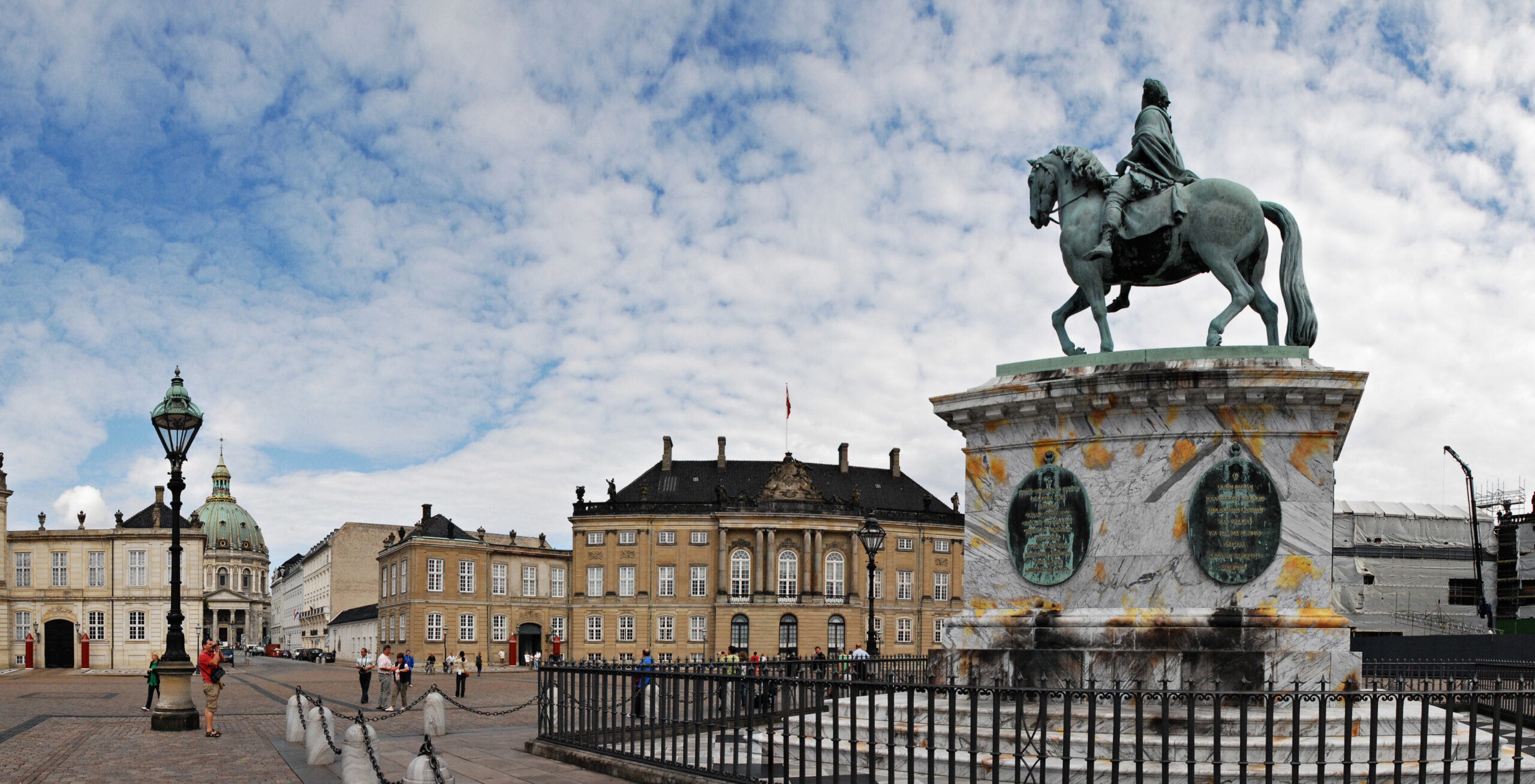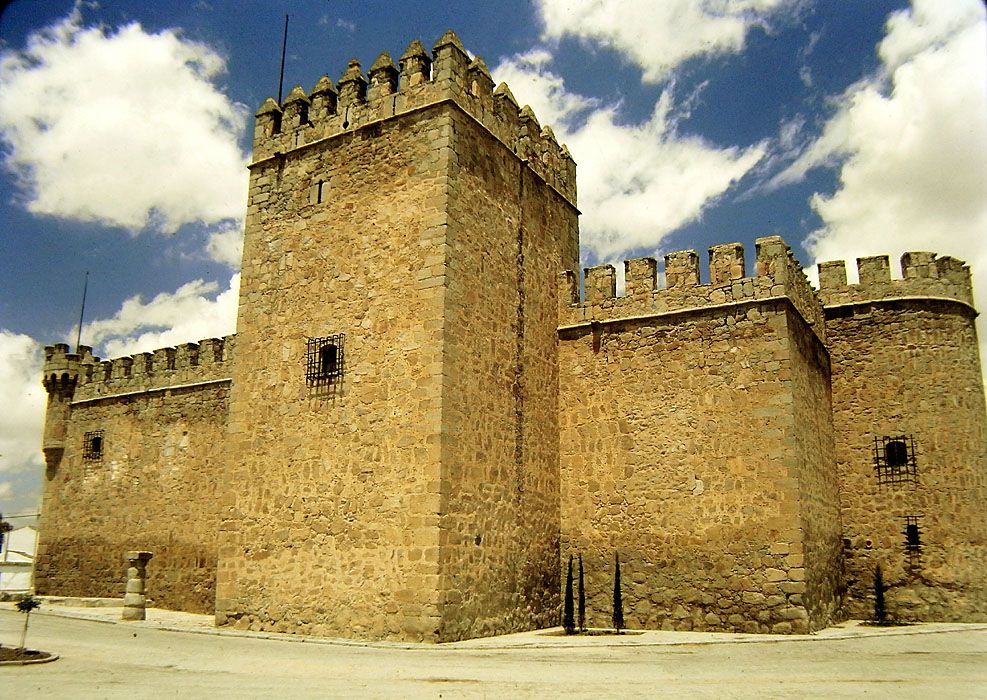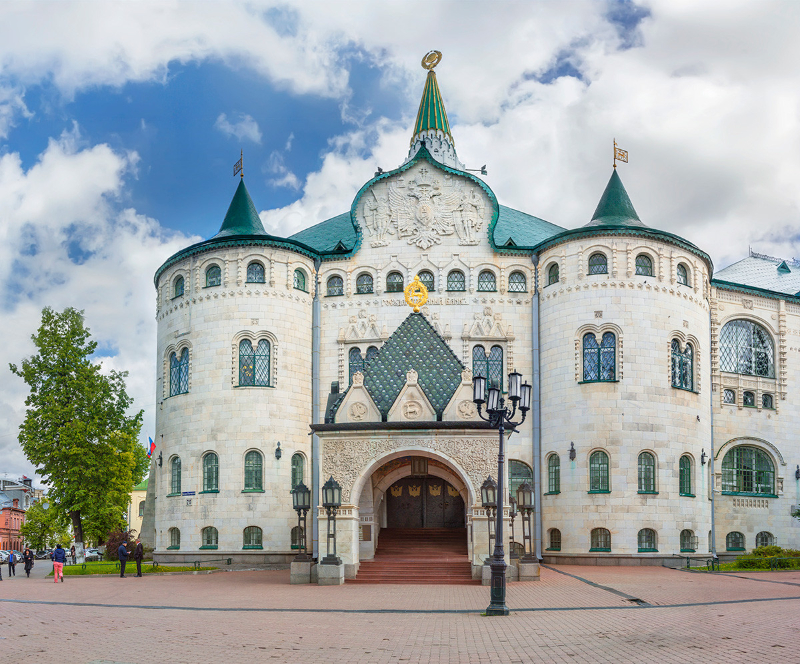The Verrucola castle, situated between the Mommio stream and the Collegnago canal, is a precious example of medieval architecture. With its grandiose fortifications, it dominates the road that leads from the via di Magra to the passes of eastern Lunigiana, towards the plains of Reggio and Parma, where it is known to have been a fortified residence since 1044, where the Bosi nobles had established the seat of their dominion. Traces of the primitive structure are still evident in the imposing central keep and in some parts of the surrounding walls. In 1300 Spinetta Malaspina il Grande obtained the property and enlarged it by adding mighty flanking towers next to the original keep and completing the perimeter walls. The collapse of the dominion of Spinetta by Castruccio Castracani of Alteminelli lord of Lucca, the earthquake of 1841 that impoverished the area and the gradual establishment of the political and commercial center of Fivizzano determined the slow decline of Verrucola, the ancient fortress thus lost any strategic value. In the fifteenth century was built next to the castle the church of Santa Margherita characterized by the beautiful Renaissance loggia with stone arches. The current structure of the castle maintains the original superimposition of three large halls and of particular interest, from a structural point of view, is the so-called vault of the weapons room on the ground floor, set on the massive octagonal central pillar.
